E-commerce Expansion
The rapid expansion of e-commerce platforms is transforming the retail landscape for the Low GI Honey Market. With more consumers turning to online shopping for convenience and variety, the accessibility of low GI honey products has increased significantly. E-commerce allows consumers to explore a wider range of options, including niche brands that may not be available in traditional retail outlets. Recent statistics suggest that online sales of health-oriented products, including low GI honey, have seen substantial growth, indicating a shift in purchasing behavior. This trend is likely to continue, as consumers increasingly prefer the ease of online shopping, thereby providing a robust channel for the Low GI Honey Market to thrive.
Rising Health Awareness
The increasing awareness regarding health and nutrition among consumers appears to be a primary driver for the Low GI Honey Market. As individuals become more conscious of their dietary choices, they tend to seek alternatives that offer health benefits without compromising on taste. Low glycemic index (GI) products, including honey, are perceived as healthier options, particularly for those managing diabetes or weight. According to recent data, the demand for low GI products has surged, with a notable increase in sales of low GI honey, reflecting a shift in consumer preferences towards healthier sweeteners. This trend is likely to continue as more people prioritize their health, thereby propelling the Low GI Honey Market forward.
Innovative Product Development
Innovation in product development is a crucial factor influencing the Low GI Honey Market. Manufacturers are increasingly focusing on creating unique blends and flavors that cater to diverse consumer tastes. This innovation not only enhances the appeal of low GI honey but also expands its applications in various culinary uses, from baking to beverages. Recent market data indicates that the introduction of new products has led to a significant rise in market share for low GI honey, as consumers are drawn to novel offerings. Furthermore, the incorporation of functional ingredients, such as probiotics or vitamins, into low GI honey products may further attract health-conscious consumers, thereby driving growth in the Low GI Honey Market.
Growing Demand for Natural Sweeteners
The growing demand for natural sweeteners is a pivotal driver for the Low GI Honey Market. As consumers become more aware of the adverse effects of refined sugars, they are actively seeking healthier alternatives. Low GI honey, being a natural sweetener with potential health benefits, is gaining traction among those looking to reduce sugar intake without sacrificing flavor. Market Research Future indicates that the preference for natural ingredients is on the rise, with consumers willing to pay a premium for products perceived as healthier. This shift in consumer behavior is likely to bolster the Low GI Honey Market, as more individuals opt for natural sweeteners in their diets.
Increased Focus on Diabetes Management
The heightened focus on diabetes management is significantly influencing the Low GI Honey Market. As the prevalence of diabetes continues to rise, there is a growing need for food products that can help manage blood sugar levels. Low GI honey, with its lower glycemic index compared to regular honey, is increasingly recognized as a suitable option for individuals with diabetes. Recent data suggests that the market for diabetic-friendly products is expanding, with low GI honey being a key player in this segment. This trend indicates a potential for growth in the Low GI Honey Market, as more consumers seek out products that align with their health management goals.


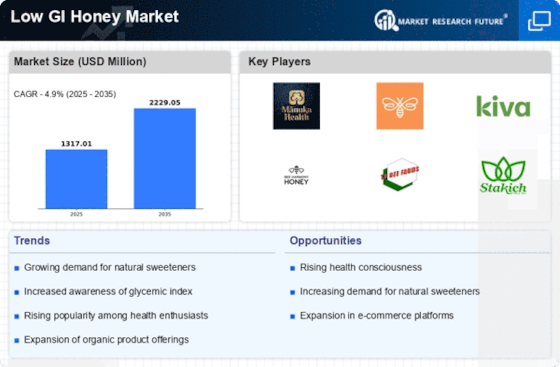
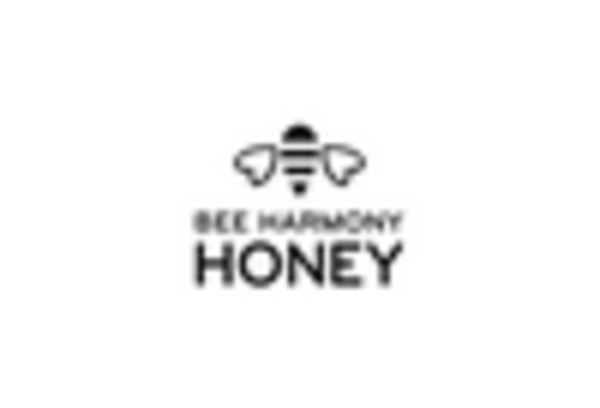
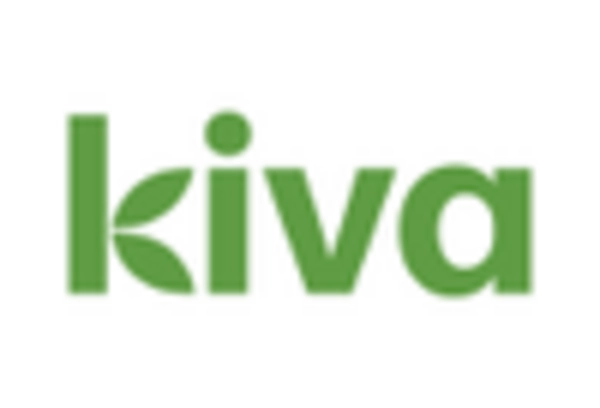
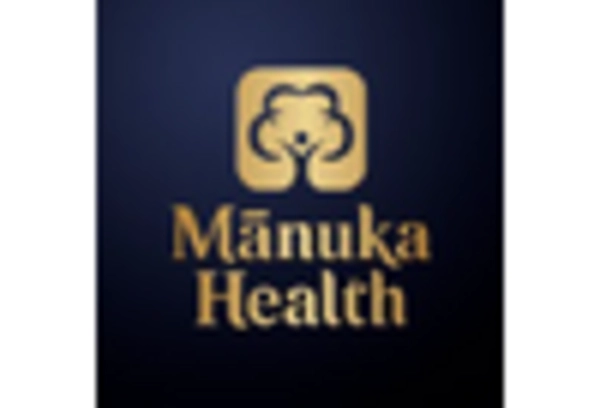
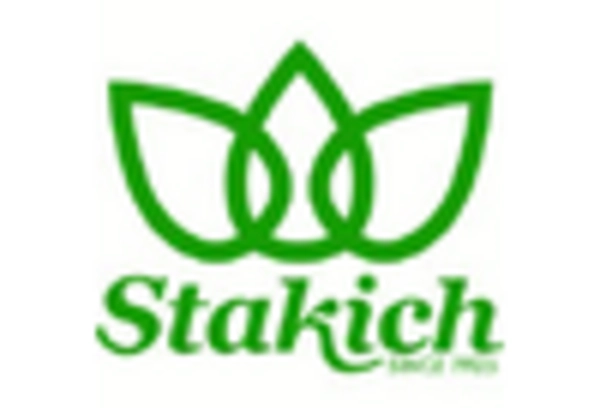

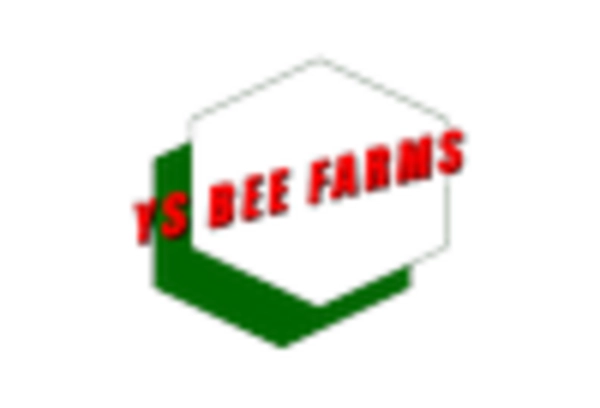








Leave a Comment